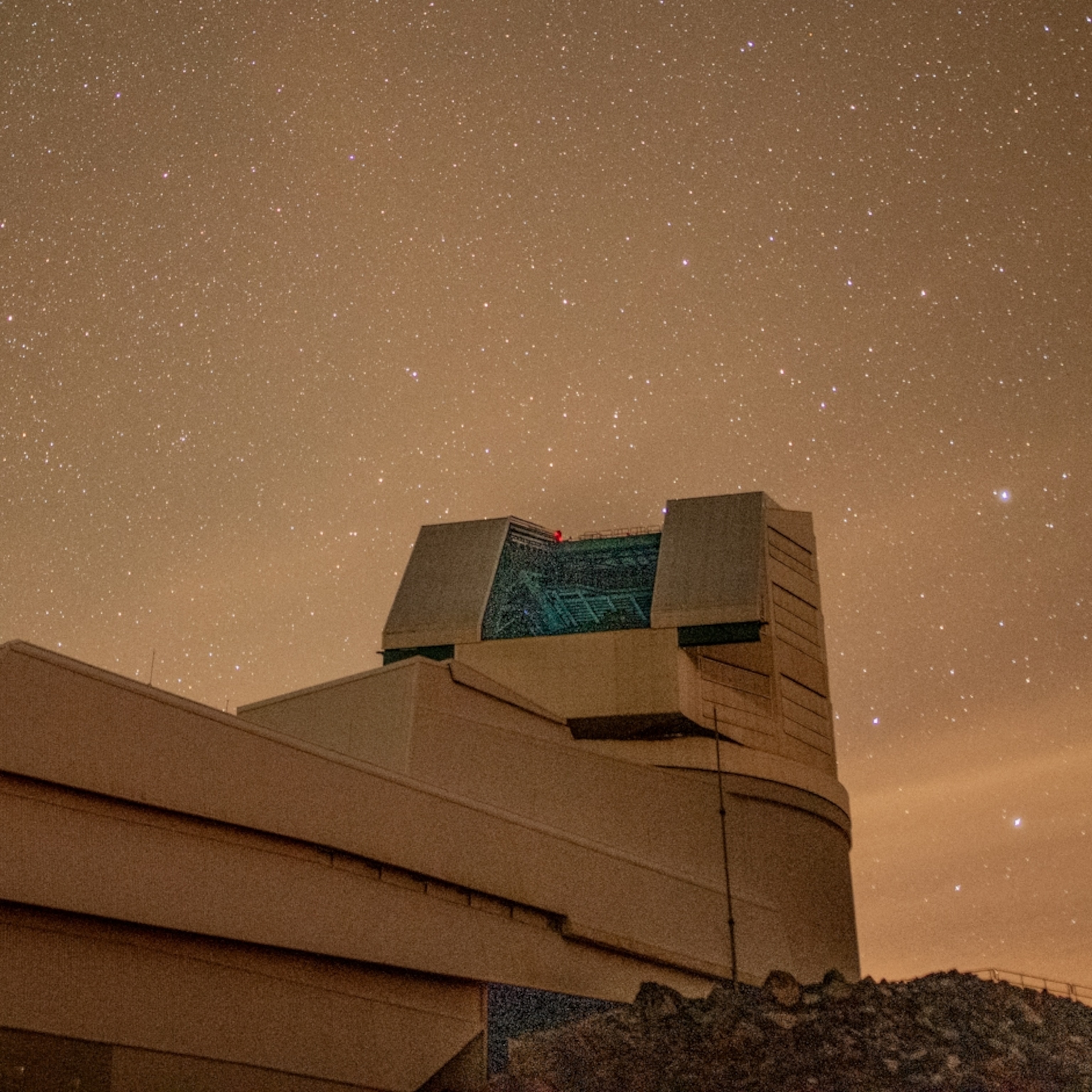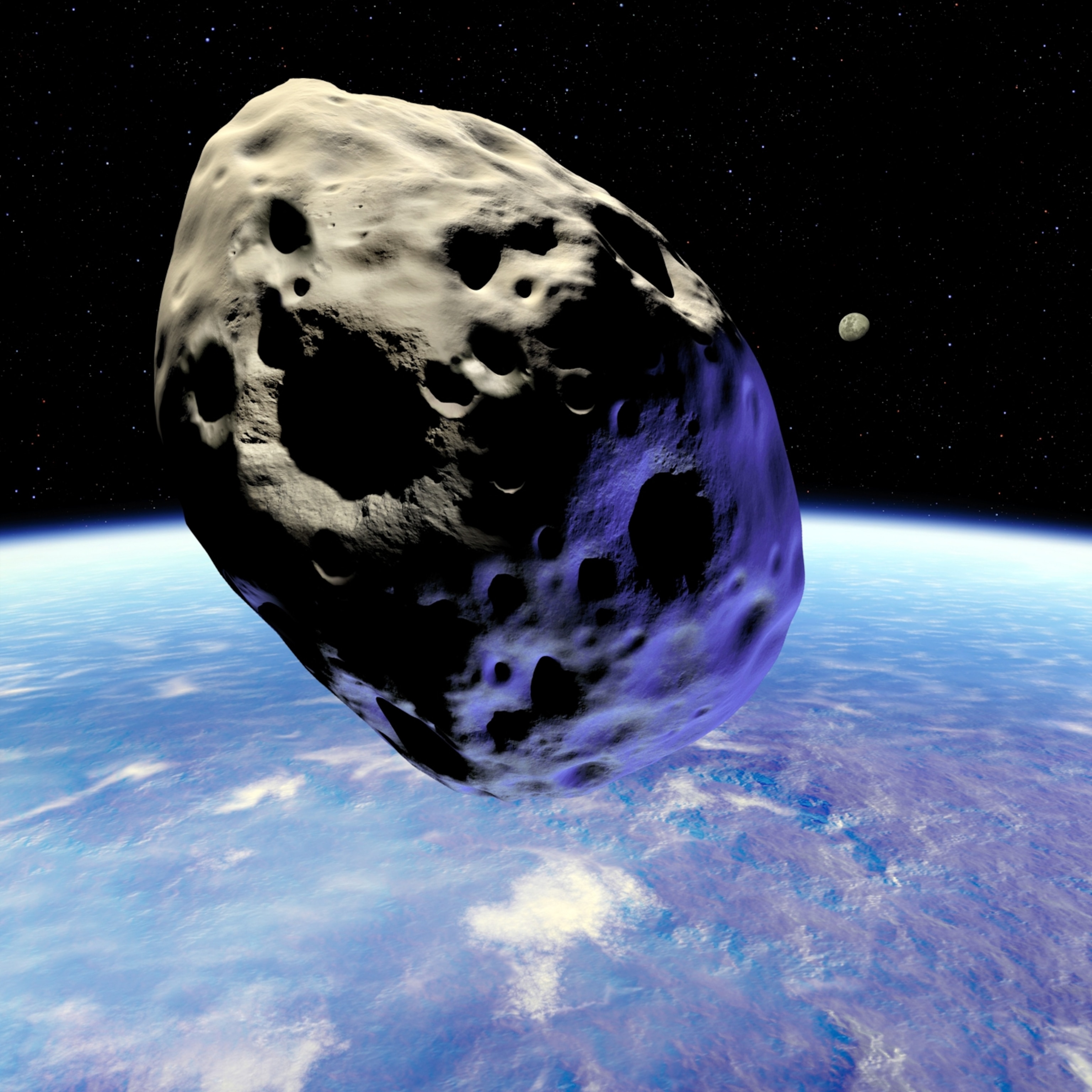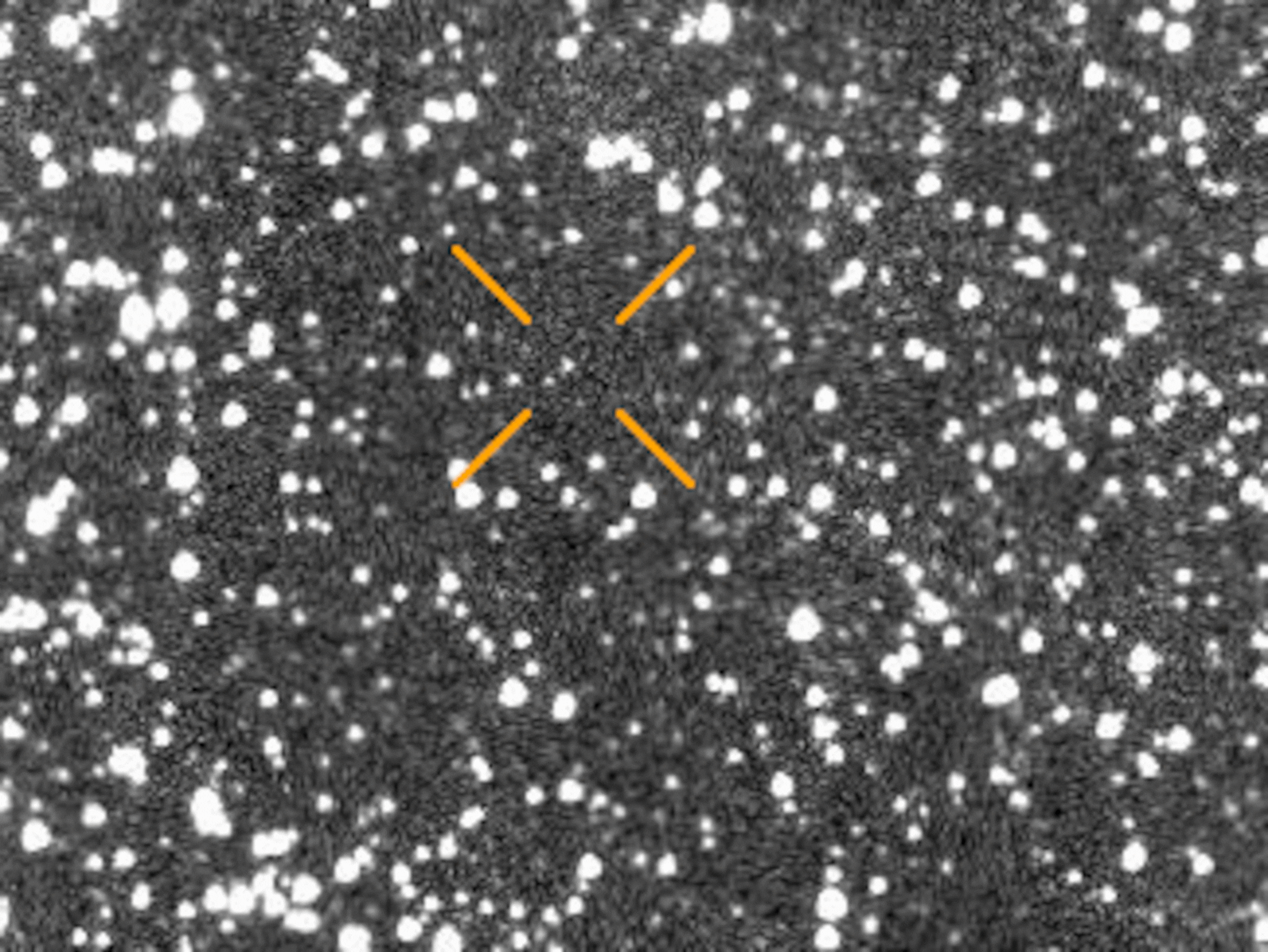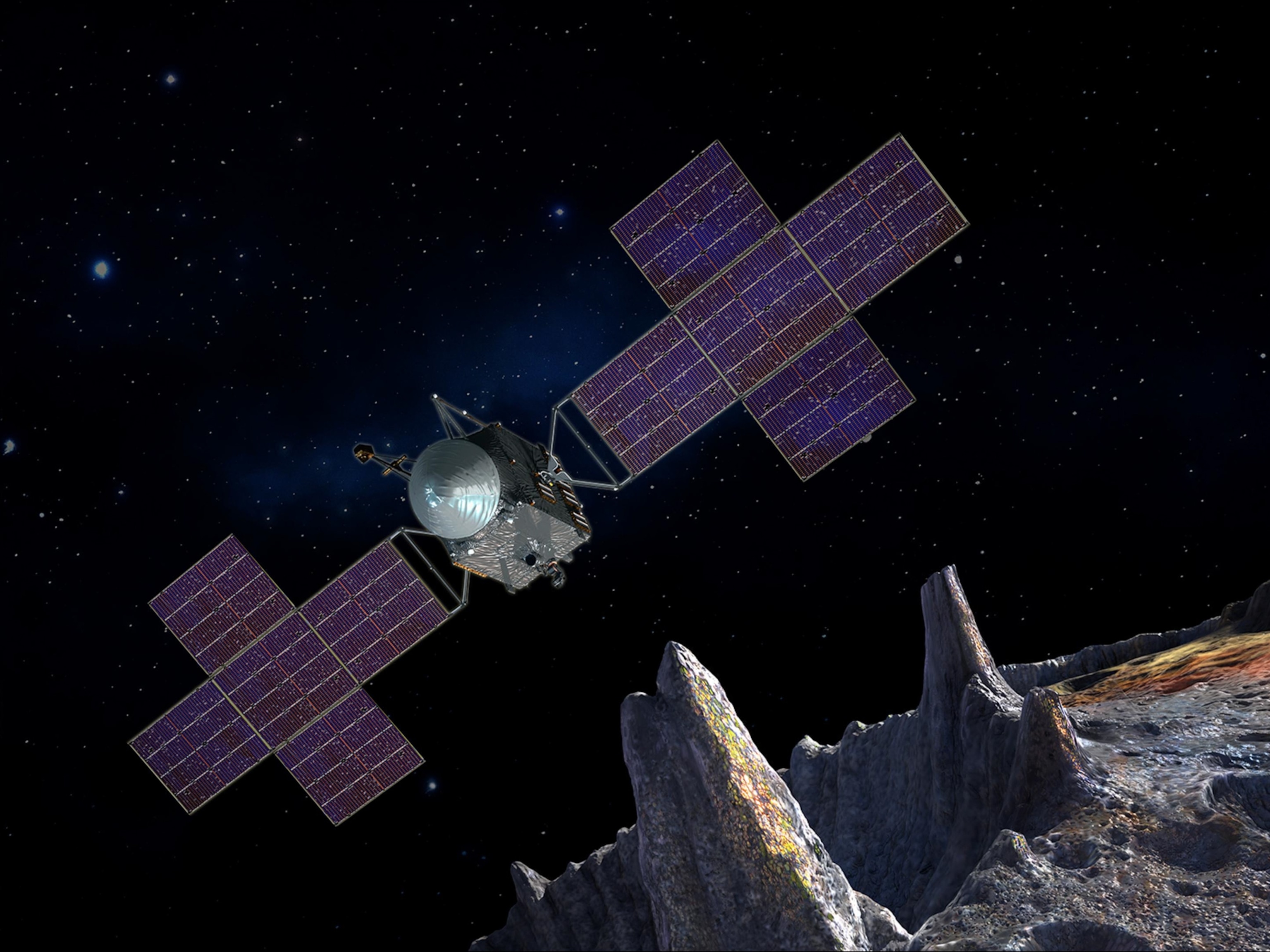
First Asteroid Dust Brought to Earth Holds Clues to Planet Birth
Hayabusa is "the most incredible story and achievement," expert says.
Flecks of dust recently brought back to Earth by a Japanese probe are already helping astronomers create a more accurate picture of a near-Earth asteroid. The find could eventually lead to new understanding of the history of our solar system.
Last week scientists confirmed that the recovery chamber aboard the Hayabusa spacecraft contained about 1,500 particles from the surface of the asteroid Itokawa.
This potato-shaped space rock is about 1,755 feet (535 meters) long and orbits about 186 million miles (300 million kilometers) from Earth. Pictures sent back from Hayabusa when it was near the asteroid suggest that Itokawa is a "rubble pile," an amalgamation of rocks held together by gravity.
(Related: "Asteroid Probe Offers New Views of Near-Earth Object.")
In June the Hayabusa probe returned to Earth. Before the main body of the craft disintegrated in Earth's atmosphere, it released a separate, heat-resistant sample capsule that landed in the Australian outback.
There had been concern that the particles found in Hayabusa's return capsule were contaminants from Earth, picked up after the container touched down. But extensive examination revealed that the probe did in fact hold the first pieces of an asteroid recovered directly from space.
Initial data show that the asteroid pieces include low-iron, low-metal (LL) chondrite, a type of material found in Earth's interior but not on its surface. In general, asteroids are thought to be materials left over from the formation of planets.
"These particles are very important, because they have retained the initial condition of the materials of [the] planets, because they have not passed through a thermalization cycle," said Munetaka Ueno, head of the Mission Instrument Technology Group at the Japan Aerospace Exploration Agency (JAXA) Institute of Space and Astronautical Science.
"The inner part of a planet is hot, but a small asteroid is not the same, so the particles have not been exposed to that heat and altered. That is why they still have the initial characteristics of the solar system," he said.
"It is just the most incredible story and achievement."
Hayabusa Dust Uncontaminated by Heat, Rays
Data from instruments aboard Hayabusa revealed quite a bit about the asteroid, but such remote measurements can't tell the whole story, Ueno said.
"We cannot carry out, for example, an analysis of the composition of the particles or the structure of the crystals. The structure of the crystals in these samples will retain their history, making them very important," he said.
And although many meteorites that have fallen to Earth are thought to come from asteroids, these chunks of space rock have been radically changed by their passage through Earth's atmosphere, Ueno added. (Related: "Meteorite's Organic Matter Older Than the Sun, Study Says.")
The samples from Hayabusa, meanwhile, are uncontaminated.
"One of the really interesting things is that we will be able to identify the surface metals of the asteroid, whereas a meteorite burns up on entry into the atmosphere, and there is interference from things like solar wind and galactic [cosmic] rays," said Trevor Ireland, a professor at Australian National University in Canberra and a member of the Hayabusa science team.
Solar wind is the stream of charged particles constantly coming from the sun, while galactic cosmic rays are high-energy particles that come from outside the solar system.
Itokawa Sample a Piece of the Asteroid Puzzle
The cartridge that was recovered from Hayabusa was handled in nitrogen gas, to prevent contact with water vapor. The particles were removed and are now sealed in a vacuum container.
The particles will be examined to classify the types and abundances of elements in the dust, to determine the structures of crystals within the rock fragments, and to look for organics, among other tests. The research is expected to take until January.
Initially JAXA scientists will have sole access to the samples, but once teams in Japan have completed their tests, the particles will be shared with universities in Japan and research centers overseas. NASA will be handed about 10 percent of the total samples to conduct more tests.
(Related: "NASA to Visit Asteroid Predicted to Hit Earth?")
"These samples will be a major complement to what we know from meteorites already, as we are short of samples," Ireland said.
"There are 30,000 meteorites [in museums and public or private collections], and more than a million asteroids that are 1 kilometer [0.62 mile] or more across have been identified, but we do not know how all these meteorites and asteroids relate to each other and the history of the solar system," he said.
"I don't think we'll be able to make a great leap forward in understanding from a single return, such as this, but it will be more like piecing a jigsaw puzzle together until there is a sudden realization of what we're looking at and what it is telling us."
Hayabusa's Successes "Quite Revolutionary"
Getting pieces of an asteroid back to Earth was no easy feat. During one of Hayabusa's few successful landings on Itokawa, for example, a metal-projectile system designed to help the craft collect the asteroid sample failed to deploy.
Instead, the samples most likely come from dust kicked up during the landing. (See "Japan's 'Falcon' Spacecraft Returns—Asteroid Dust On Board?")
And several mishaps during the trip—including a malfunctioning gyroscope, a fuel leak, and a period of lost contact—delayed the spacecraft's return by about three years.
Clark R. Chapman, a senior scientist at the Southwest Research Institute in Boulder, Colorado, described the mission as "remarkable."
"It was not so much a scientific mission as a technical demonstration," he said.
"The fact that part of the mission did not work as planned was expected, but the successful parts are quite revolutionary in terms of the science, and I'm hopeful about what we can learn from this."








